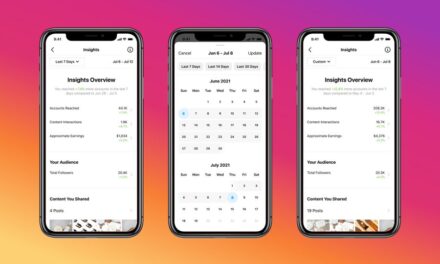If you wanted to collaborate with an influencer to promote your brand, you’d probably look for the person with the most followers – right?
Wrong. The unexpected truth about influencer marketing is that micro-influencers can actually harness more engagement and ROI than influencers with hundreds of thousands of followers.
A micro-influencer has a smaller following compared to more famous social media personalities – typically, they have fewer than 100,000 followers. However, their niche content has more potential to create influence within online communities.
Micro-influencers regularly engage with their audience, creating a stronger connection with their followers than large-scale influencers. Partnered brands will see higher conversion rates when collaborating with micro-influencers because of their closeness and established trust with a niche community.
According to Hubspot, over 82% of surveyed consumers said they were likely to buy something a micro-influencer recommended.
Some examples of micro-influencers could be local food bloggers, yogis, or boutique shoppers. The thread that connects these examples is the specific area of interest, which creates a niche audience. Brands can search for a micro-influencer within their specific industry as a way to connect and engage with their targeted audience.
Followers of a local yoga instructor and vegan chef will most likely share the niche interests of yoga and vegan cooking. So, engagement with that audience will be more successful due to shared passions and a level of trust. This is important – the micro-influencer harnesses the power of authenticity and community trust.
It may seem backwards for brands to partner with influencers who have a smaller following, but a study by Markerly proved the unexpected. As an influencer’s number of followers increases, their number of likes and comments from followers actually decreases.
Micro-influencers have enough followers to impact their niche community, but not too many where people start to lose trust, which ultimately lowers engagement levels and ROI for partnered brands.
So, it’s time for brands to rethink how influencer marketing works. Instead of going after the influencer with the highest follower count, search for authentic industry experts who engage niche communities. Not only will brands be able to reach more targeted audiences, but they will also find more cost effective, genuine, and overall more successful partnerships with micro-influencers.















